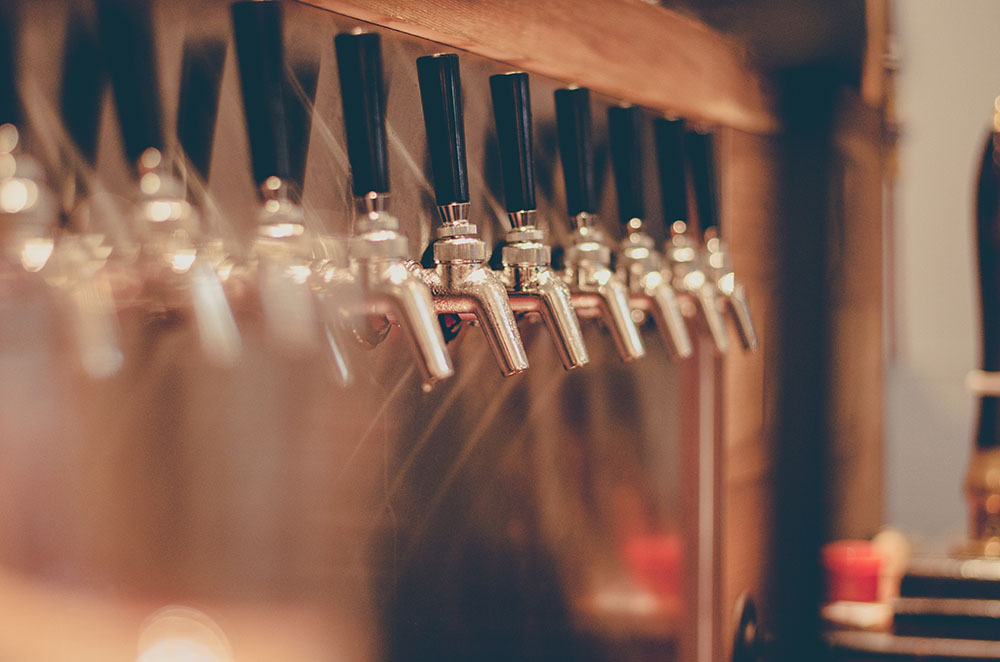“Sanitary hose” and “sanitary fittings” are the most common terms used by our customers in the food, beverage, brewing, wine, cosmetics, and biopharmaceutical industries. The most common sanitary hose assembly is one finished with tri-clamp ends.
This style of connection spans across many industries. The dairy industry has its terms; brewers and vintners have their terms; your company may have its own way of saying it, but sanitary is the one we hear the most for these products. The common theme for hose and fittings in any of these industries is that the product must be made of a material that will not impart flavor or odor, is easily cleanable from a biological sense, and will not facilitate the growth of bacteria. Each of these industries has their own specific codes and standards that define the performance and material characteristics of their products. We’ll try and go over all of them for you.
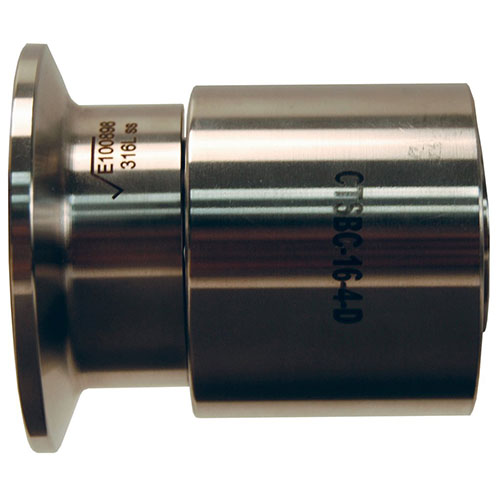
FDA – Food and Drug Administration
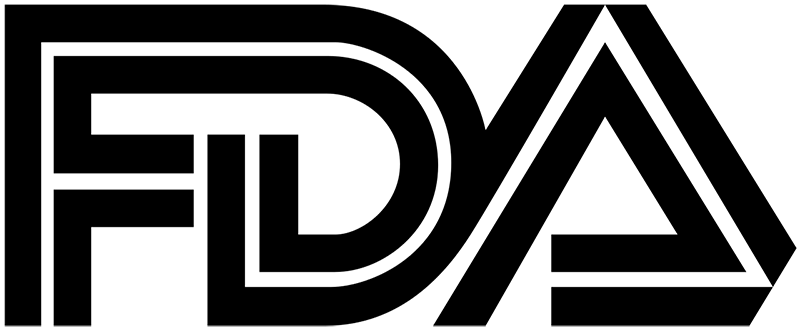 In the hose industry, we usually see FDA listed on transfer hoses for food related products. An FDA certification means the hose is made of food grade materials, which will not impact the odor and taste of the product being conveyed. For example, if you’re unloading yogurt that comes into contact with the tube of the hose, the flavor will be unimpacted, and your creamy, small-batch strawberry yogurt will taste just the way you made it.
In the hose industry, we usually see FDA listed on transfer hoses for food related products. An FDA certification means the hose is made of food grade materials, which will not impact the odor and taste of the product being conveyed. For example, if you’re unloading yogurt that comes into contact with the tube of the hose, the flavor will be unimpacted, and your creamy, small-batch strawberry yogurt will taste just the way you made it.
However, this isn’t just about taste; it’s also about safety. Do you remember when our water bottles had those chemicals that were being leached out into our water? Well, FDA hoses won’t do that. They are designed to be in contact with compatible food products for extended periods without the hose impacting the food or the food impacting the hose. What do we mean when we say ‘compatible’? Some food applications can be harmful to assemblies if the right hose isn’t selected. Animal fats and oils need to be conveyed in a nitrile or other suitable tube, otherwise the fats and oils will react with the elastomer molecules and break down the tube of the hose.
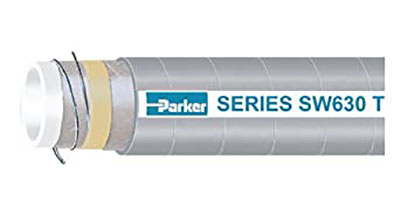
Cleaning is another aspect of the hose application where compatibility, both chemical and temperature, are important. CIP—clean-in-place—subjects a hose and components to a brief, high temperature cleaning. Other cleaning methods include using acid and alkaline based solutions to wash the hose. Under these circumstances, the hose needs to be able to withstand the type of cleaning required for that food application. If the hose is not compatible with the cleaning method, the hose will break down and eventually fail.
Choosing the right hose for your application will give you years of safe use, effective cleaning, and perfect taste. Make sure, when you call to order a hose, you not only tell us what the food product is, but also explain how the hose will be cleaned.
NSF
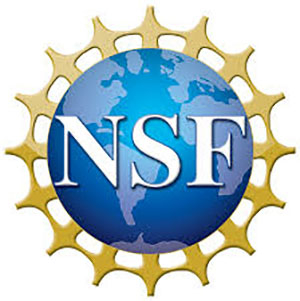 This used to stand for National Sanitation Foundation; but, in the 90s, the organization un-defined the acronym and expanded beyond food and water to include consumer products and the environment. A product can acquire NSF certification through a series of periodic audits, which typically includes material verification, manufacturing methods, facility inspection, and procedure verification. We’ll go over the two different NSF certifications commonly seen in the hose industry.
This used to stand for National Sanitation Foundation; but, in the 90s, the organization un-defined the acronym and expanded beyond food and water to include consumer products and the environment. A product can acquire NSF certification through a series of periodic audits, which typically includes material verification, manufacturing methods, facility inspection, and procedure verification. We’ll go over the two different NSF certifications commonly seen in the hose industry.
NSF-61 is a standard that applies to products that encounter potable water—[poh-tuh-buhl], with a long O, not [pot-a-buhl] … we’d be lying if we told you we didn’t have a company-wide debate over this—which means water suitable for drinking. The test for NSF-61 involves exposing the material to water and extracting and examining impurity levels to see if anything leached into the water.
NSF-51 approves the materials and finishes food systems can be made from, such as plastics, tubing, sealants, gaskets, valves, etc. Anything intended for the construction of various food equipment and food contact applications falls under the standards of NSF-51. These requirements are based on FDA regulations.
Certain applications can require both NSF certifications. The tubing used for soda and water dispensing at a restaurant should be made from an NSF-51 material and have undergone NSF-61 testing to ensure that some nasty molecule will not be leached out into your Coca-Cola. NSF recommends dual certifications where applicable.
3A – Sanitary Standards Inc.
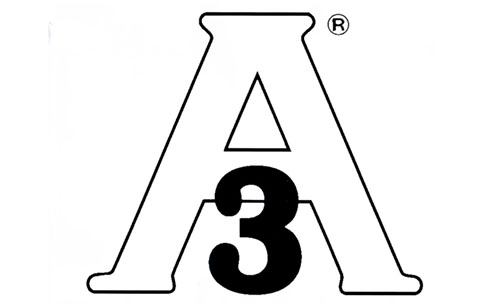 3A is another standards institute for the material and construction of processing equipment in the dairy, food, and biopharmaceuticals industries. 3A is most frequently used in dairy products, because two out of the four associations that comprise 3A are dairy related; but overall, their focus is sanitary process, regardless of industry.
3A is another standards institute for the material and construction of processing equipment in the dairy, food, and biopharmaceuticals industries. 3A is most frequently used in dairy products, because two out of the four associations that comprise 3A are dairy related; but overall, their focus is sanitary process, regardless of industry.
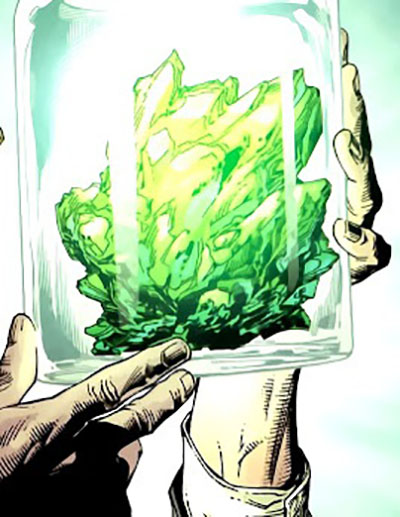
OTHER CERTIFICATIONS & REQUIREMENTS
RoHS – Reduction of Hazardous Substances. This is a directive from the European Union that prohibits the use of banned substances including lead, mercury, cadmium, hexavalent chromium, kryptonite and others.
USP Class VI – Certifies that the materials utilized are biologically compatible when tested to US Pharmacopoeia XXII, 1190. This is applicable to UHMW and PTFE lined hoses which are both plastic tubes.
Phthalate Free – Used primarily to make PVC softer, these plasticizers are being replaced and banned in the US, EU, and Canada.
How to Choose the Right Hose – Sanitary Hose
The fastest way to choose the right hose for your sanitary application is to call the Hose Pros at TCH. If you want to give it a try on you own, start with this: most manufacturers call out the use of the hose in the hose’s name or description, i.e., Brewers Discharge, Flour Hose, Potable Water Discharge, etc.
If your application is not so straight forward, here is a list of the common materials used in sanitary hose tubes and what they’re good for:
- Nitrile – Oily and non-oily food transfer
- EPDM – Non-oily food transfer
- Natural Rubber – Dry bulk transfer
- UHMW – Special applications requiring an ultra-smooth tube
- PTFE – Special applications requiring an ultra-smooth tube and high temperature
- Chlorobutyl – Non-oily beer, wine, and beverage
- Neoprene – Potable water
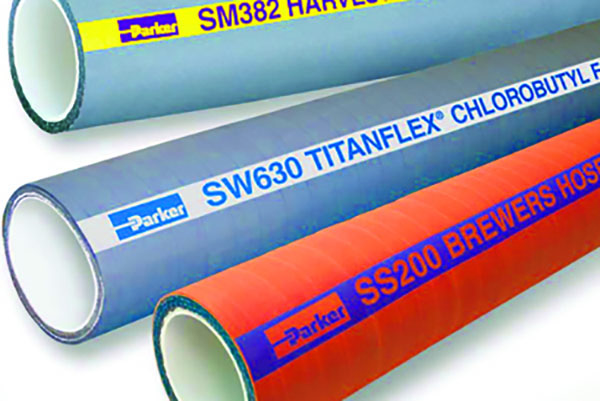
When we build a sanitary hose assembly, there’s more than just certified components that go into making a proper assembly. The design of the hose stem should make for a smooth transition from the hose tube to the inside of the hose stem. This minimizes areas where food media can become trapped, which, in turn, can begin to harbor bacteria. The lubricant used in the insertion of the hose stem can also be specified NSF or FDA. These details need to be decided between the hose fabricator and the customer. They are not mandated by codes.
Another consideration is the surface finish of a fitting, which is determined by measuring the roughness of the surface. Fittings can be purchased polished or unpolished. Unpolished means standard industrial finish and does not necessarily meet a spec or standard. Polished indicates the part has undergone secondary processes to reduce surface roughness. You will need to know what level of finish your process requires. 3A typically requires a smoothness of 32 µin. (microinches) or less, and therefore requires polished ends and components. Biopharmaceuticals have their own set of standards, and you’ll see that each industry has differing levels of surface finish requirements. Your project might require a standard sanitary spec (unpolished), or it can require a sanitary spec at a very precise level. You just need to know what your project’s requirements are.
Hose Cleaning
The cleanliness of the assembly starts with the storage of its individual components. Hose ends should be individually wrapped to keep dust out, bulk hose should be capped, and the environment inside the fabrication facility should maintain a high cleanliness standard. Hose should be cut with a razor, rather than a rotating saw blade or band saw that will leave rubber or plastic residue. Once the assembly is complete, and hydrotesting has been performed, it is up to the fabricator and customer to determine who is responsible for the final cleaning, prior to installation. Most facilities already have a cleaning system and protocol, so they take the responsibility of cleaning before the initial installation.
There are a wide variety of governing bodies that set the standards when it comes to sanitary hose assemblies. At times, industry specifics will govern which hose is appropriate for the job. Your application will most certainly have its own specific requirements that the Hose Pros at TCH Industries will happily help with.
TCH Industries
Our focus and obsession is the distribution and fabrication of hose for industry and hose related products. Founded nearly 40 years ago, we are proudly owned and operated by the same family. Our manufacturing partners are some of the biggest and best names: Eaton, Parker, Dixon Valve, Hose Master, Brennen, Hannay Reels, and many others.
In short, we are a customer-centric hose company filled with happy professionals who can help you meet all your hose related needs. If you have any questions, please reach out to us by filling out the form below!

